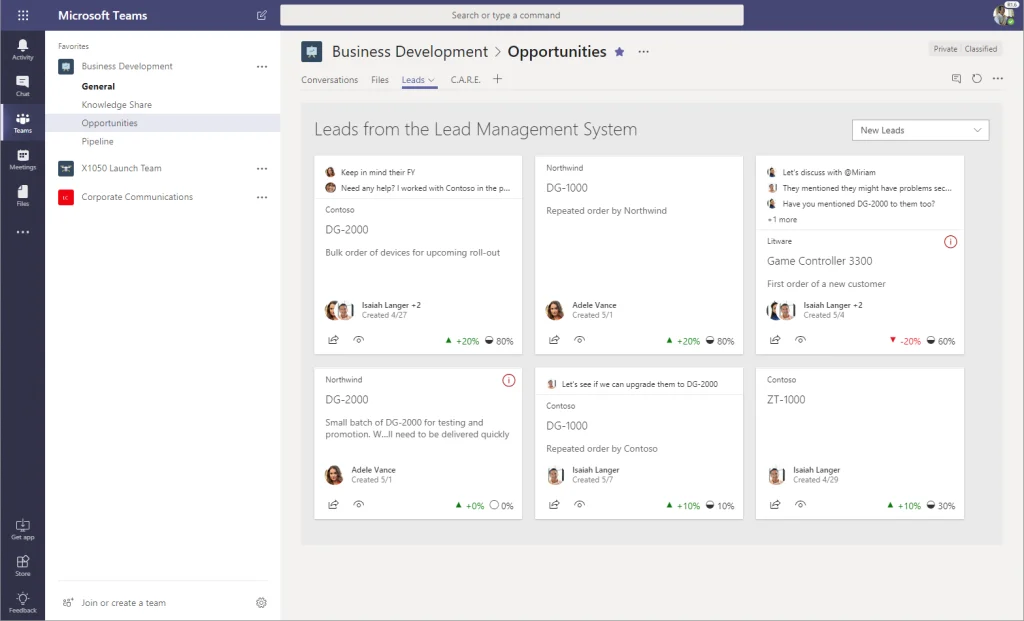In a world where digital communication is the usual, services like Skype have completely changed how we communicate with people across the world. Skype was the most common choice for calling communication, video calls, and instant messaging for many years. Skype’s owner, Microsoft, has stated that Skype is shutting down and will not be available in favor of its more full-function platform, Microsoft Teams. It’s time to prepare for the modification if you use Skype regularly. We’ll go into the explanations for Skype’s shutdown, how to switch to Microsoft Teams, and what changes to expect in this blog.

Why Is Skype Shutting Down?
The decision by Microsoft to shutting down Skype eventually is an aspect of an overall strategy to streamline its communication services. Platforms like Zoom, Google Meet, and Microsoft Teams, which have grown in importance over time for both personal and professional communication, have been strong competitors to Skype. Originally created for businesses, Microsoft Teams has developed into a comprehensive collaboration platform that incorporates file sharing, video conferences, chat, and more—functionalities that Skype found difficult to provide on the same scale.
For the time being, Skype will continue to be accessible, but Microsoft intends to gradually phase it out in favor of Teams, particularly for corporate businesses. Microsoft’s long-term goal of centralizing workplace communication under Teams, which provides a more reliable and integrated platform for collaboration, is in line with this shift.
Transitioning to Microsoft Teams
If you’re used to using Skype for personal or corporate communication, transitioning to Microsoft Teams may seem difficult at first. However, the change may be easy and effortless with the right approach. To make the change, follow these steps:
Set Up Microsoft Teams
The first step is to set up Microsoft Teams. Teams may be already available to you if you use Microsoft 365 (previously Office 365). Just choose Teams from the applications menu after logging into your Microsoft account.
Although certain advanced features require a premium membership, Teams may be downloaded for free if you don’t have access to Microsoft 365. You can start using Teams as soon as you’ve installed the app or signed in to the on the web version.
Move Your Contacts
Skype allows you to contact friends, family, and coworkers via their Skype identities, phone numbers, or email addresses. Fortunately, switching is simple because Microsoft Teams is made to work flawlessly with Skype. You may import the majority of your Skype connections straight into Teams.
Just make sure that you and your contacts are linked to Microsoft accounts in order to move your contacts. Teams will then transfer your contacts automatically. If you work for a company, your IT administrator can manage contact migration so that everyone has access to the platform.
Familiarize Yourself with Teams Features
Microsoft Teams has various features that Skype does not offer. Teams was created to serve as a comprehensive collaboration platform, whereas Skype was largely focused on chat and video conferences. A brief overview of what to expect in Teams is provided here:
- Chat: Teams provides the same chat experience to Skype, but it also has file sharing, emojis and threaded chats.
- Meetings: With improved features like screen sharing and meeting recording, you can plan, join, and schedule video calls and meetings.
- Teams and Channels: Teams, in comparison to Skype, is organized around “teams” (groups of individuals) and “channels” (areas for collaboration that are dedicated to some issue).
- File Sharing and Collaboration: Real-time document collaboration is made possible by Microsoft Teams’ flawless compatibility with Word, Excel, and PowerPoint, among other Microsoft office.
Connect With Additional Resources
Teams has been built to communicate with a wide range of third-party apps and Microsoft services. Your Teams account may be connected to external apps like Zoom, Google Calendar, or Trello, as well as services like OneDrive and SharePoint. Teams is a one-stop collaboration hub thanks to this connection, which improves your productivity.
Train Your Team or Family
Whether you’re using Teams as a professional or for personal uses, it’s critical that you and others get familiar with the platform. Online tools and tutorials plentiful and include Microsoft’s own help pages, user manuals, and videos. Think about organizing team training sessions if you’re switching from Skype to other business communications platforms.

Benefits of Switching to Microsoft Teams
Following are the some benefits of switching from skype to teams:
Improved Collaboration
Teams makes collaboration easier by offering chat, file sharing, and collaborative document editing all in one place.
Advanced Security
Microsoft Teams is built with company policy security features, making it a safer platform for businesses to operate on.
Increased Integration
Unlike Skype, Teams integrates seamlessly with Microsoft’s entire suite of productivity tools, including Outlook and OneDrive.
Support for Larger Teams
Teams allows for easier management of large groups, making it ideal for businesses with complex communication needs.
Scalability
Teams can adjust users ranging from small teams to large organizations, making it a scalable solution as your needs grow.
For Your Information
Do you know that Microsoft is retiring Skype? Here’s what you should need to know. Click here and know some interesting facts.
Conclusion
The shutting down of skype signifies a major shift in Microsoft’s strategy for cooperation and communication. Microsoft Teams is a comprehensive and feature-rich solution that improves communication and collaboration for both people and organizations, although it may take some time to adapt to. You may easily switch from Skype to Teams and achieve new levels of connection and productivity by following the previously mentioned steps.
FAQs
1. Will Skype still be available after Microsoft Teams takes over?
Skype will still be available for personal use for the time being, but Microsoft will gradually phase it out for business users in favor of Teams.
2. Do I need a Microsoft 365 subscription to use Teams?
No, Teams offers a free version with limited features. However, a Microsoft 365 subscription will unlock additional features like more storage, advanced collaboration tools, and security.
3. Can I still make phone calls with Microsoft Teams?
Yes, you can make calls using Teams, and it even integrates with your phone system if you subscribe to the Calling Plan feature in Microsoft 365.
4. How do I migrate my files from Skype to Microsoft Teams?
Files shared in Skype conversations are not directly transferrable to Teams. However, you can manually upload those files to Teams for future use.
5. Will Teams replace Skype for Business?
Yes, Teams is set to replace Skype for Business as the primary platform for business communication and collaboration.

